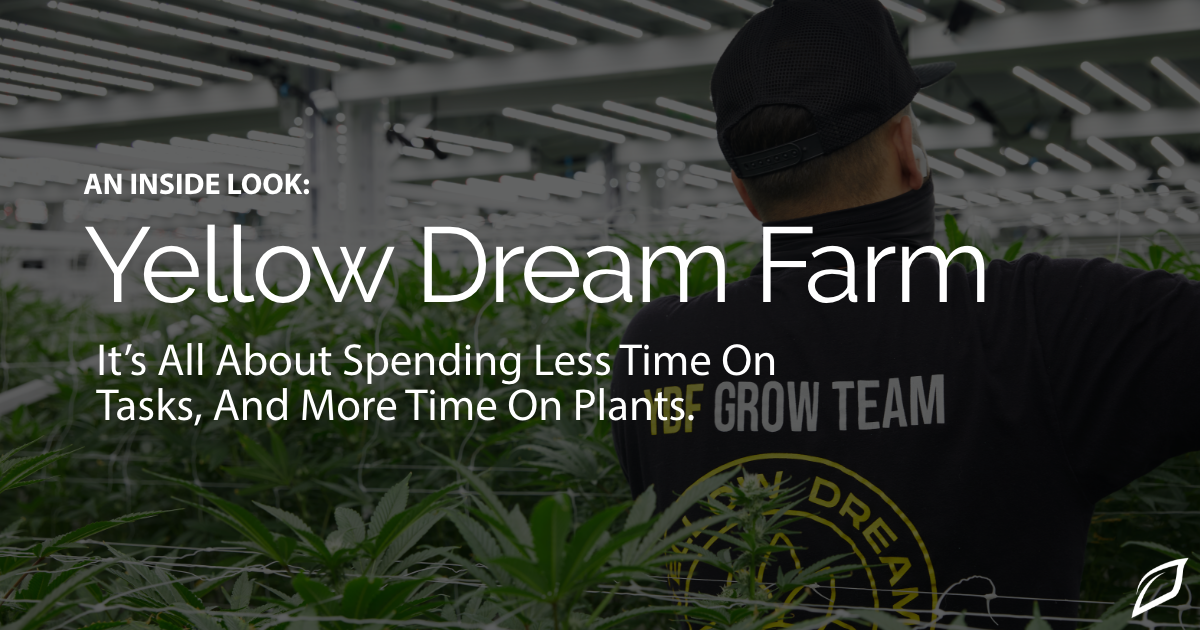How Much Light Do Clones Need | Cannabis Clone Light Guide | Growlink
How Much Light Is Too Much Light For Your Clones? Often, un-rooted clones receive too high of light intensity which can manifest itself in the form...
1 min read
.png) Marcus Baldinger
:
May 2, 2022 10:00:00 AM
Marcus Baldinger
:
May 2, 2022 10:00:00 AM

We cannot discuss healthier plants, and bigger yields, without discussing HLVd or Hop Latent Viroid. HLVd is a silent killer beginning to make its presence known throughout the Cannabis community. Learn what to look for, and best practices for prevention below.
Although there are typically no initial obvious signs of infection, common symptoms to watch out for are stunted growth both in height and leaf size, tighter nodal spacing and small, airy buds with much fewer trichomes than normal. HLVd is typically spread by sharing improperly sanitized equipment such as scissors and scalpels between plants. Since it is almost impossible to treat a plant once infected, prevention is key!

Typical sanitation solutions such as Isopropyl alcohol do not destroy viroid’s so a solution containing bleach must be used. To help slow the spread of the virus in your facility, Mother plants should be regularly lab tested before taking cuttings as the viroid is systemic. Additionally, any new plant entering your facility from an outside source such as a nursery should be quarantined and screened before introducing them into production. While HLVd is likely here to stay, diligent preventative practices, extensive screening, and reporting of newfound data throughout the cultivation community can help greatly reduce the damage inflicted to the industry as a whole.

How Much Light Is Too Much Light For Your Clones? Often, un-rooted clones receive too high of light intensity which can manifest itself in the form...

Recently, we visited our client Yellow Dream Farm (Good Good) in Adelanto, CA. We are always super stoked to come back and visit clients after we...

Plant nutrients or fertilizers mimic the natural nutrients found in healthy soil, often with some added benefits. Since growing cannabis indoors is...